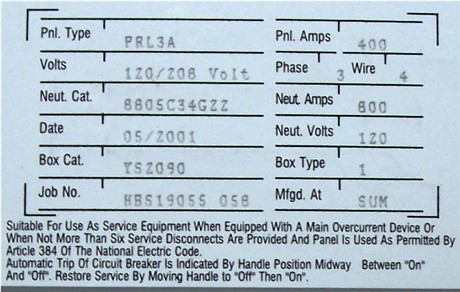- Location
- Windsor, CO NEC: 2017
- Occupation
- Service Manager
If you had two 15A breakers at the house (instead of the 2-pole 40A) supplying a panelboard containing two 15A breakers in the outbuilding, then you could say (subject to interpretation) that the overcurrent protection is in the middle of a branch circuit; the second set would be "supplementary overcurrent protection" somewhat as mentioned in 240.10.angryhalfinch said:So because a garage has one light and two general purpose outlets it is considered being supplied by a L&ABCPB? When is it considered just a branch circuit?
If there is a large breaker supplying a panelboard of smaller breakers, that is a feeder. Same size breakers can be argued as a branch circuit, look at the definitions too.
Edit to add: The thing that makes a panelboard a Lighting and Appliance Branch Circuit Panelboard are the definitions in 408.34. If it matches the use mentioned in 408.34(A), it's a L&ABCPB. If it's actually supplying a couple feeders or something, it becomes a power panelboard.
Interesting point - you could remove the panel and install a couple snap switches supplied from 15A or 20A breakers from the house, and that would be fine.When does it come into play that you can use 6 snap switches as your disconnects in a residential application?
And I could hug you for it.I don't have the problem doing the work, I want to know the facts, that's the difference in this case.
Last edited:


